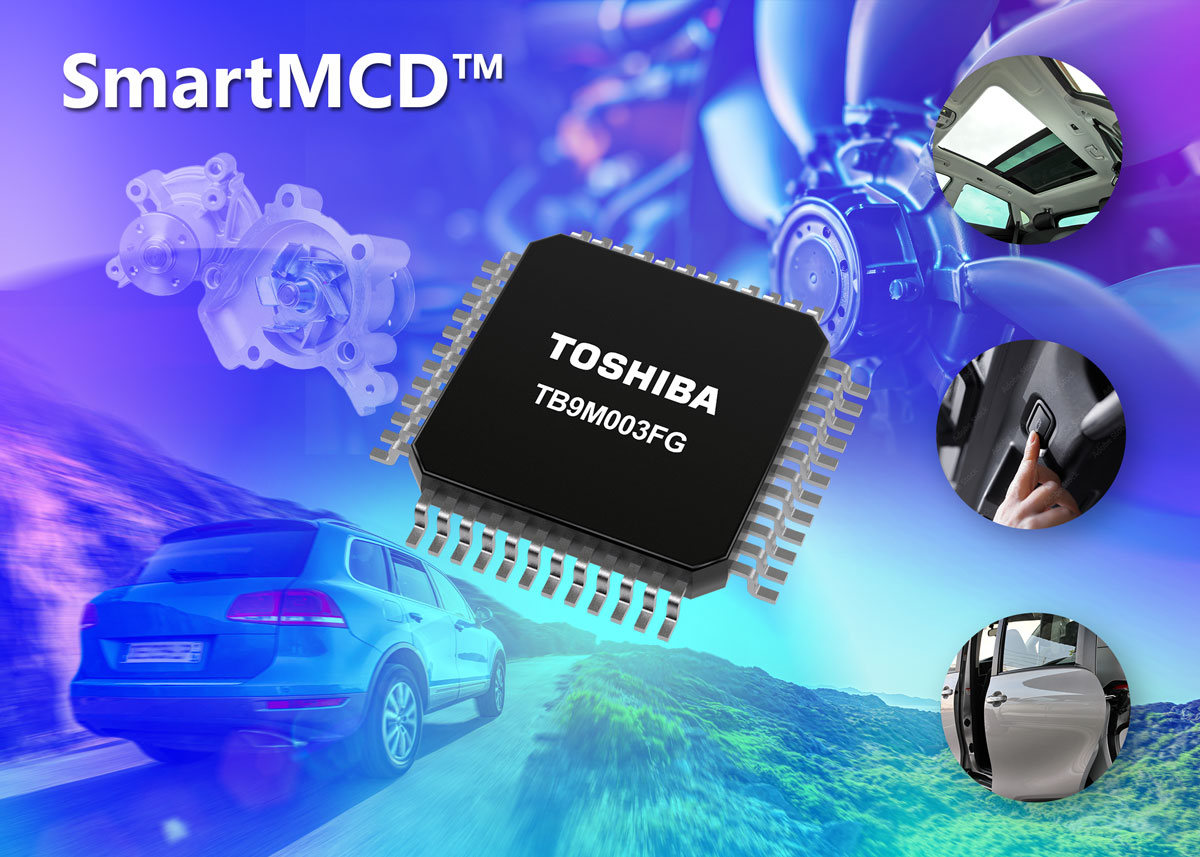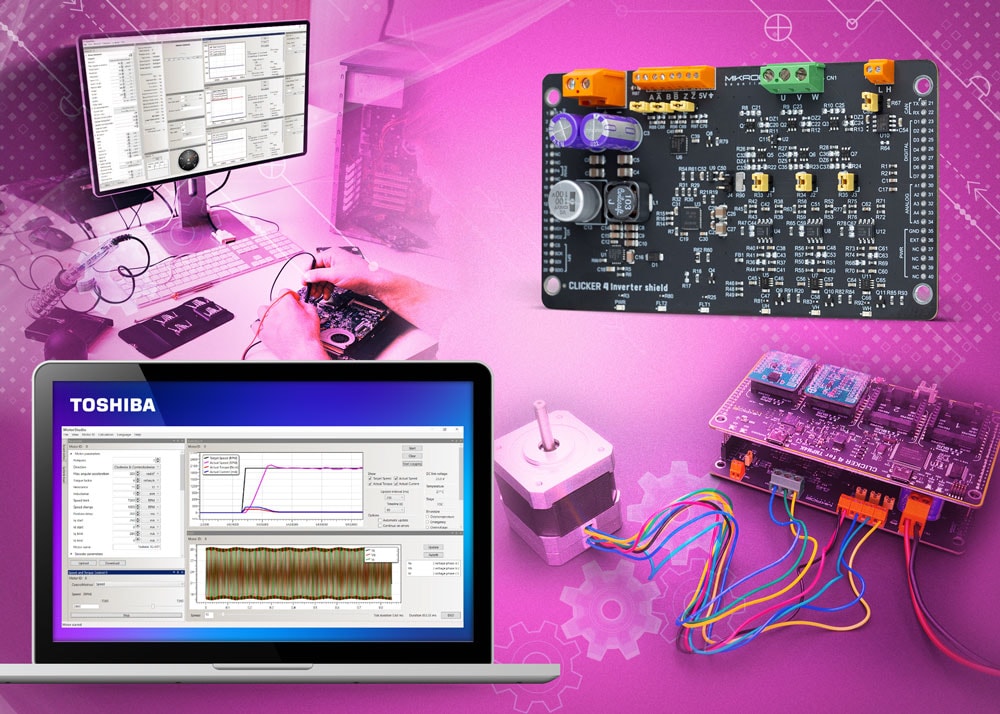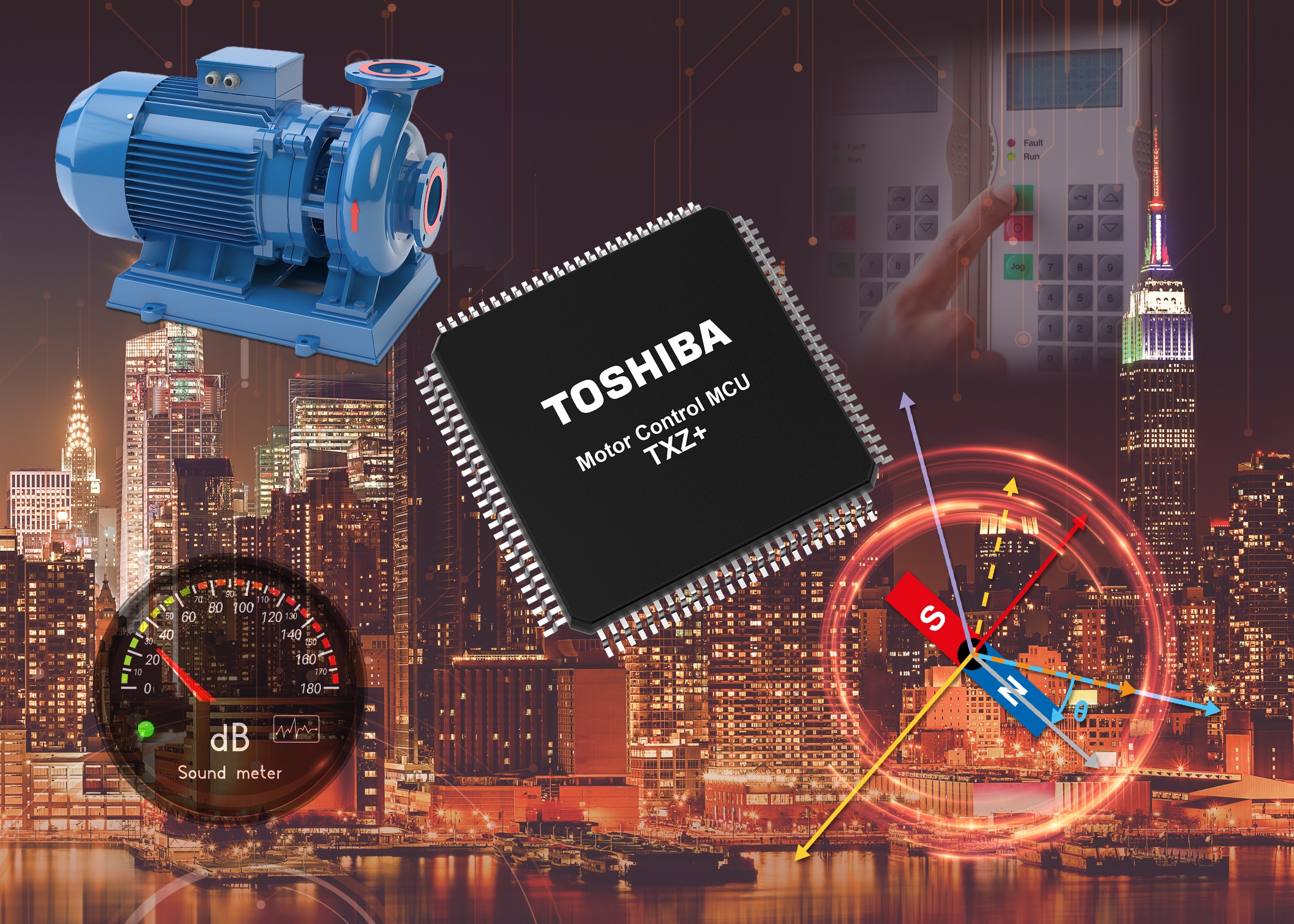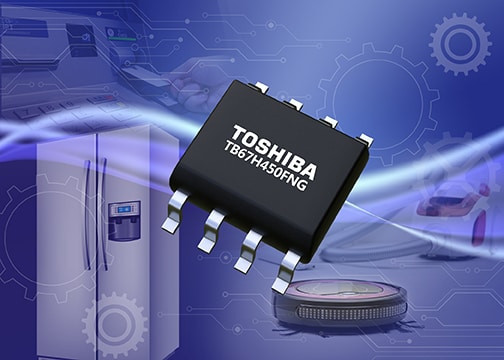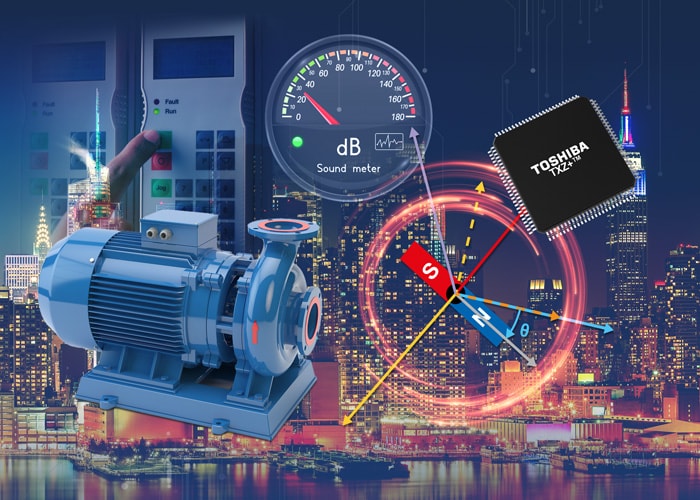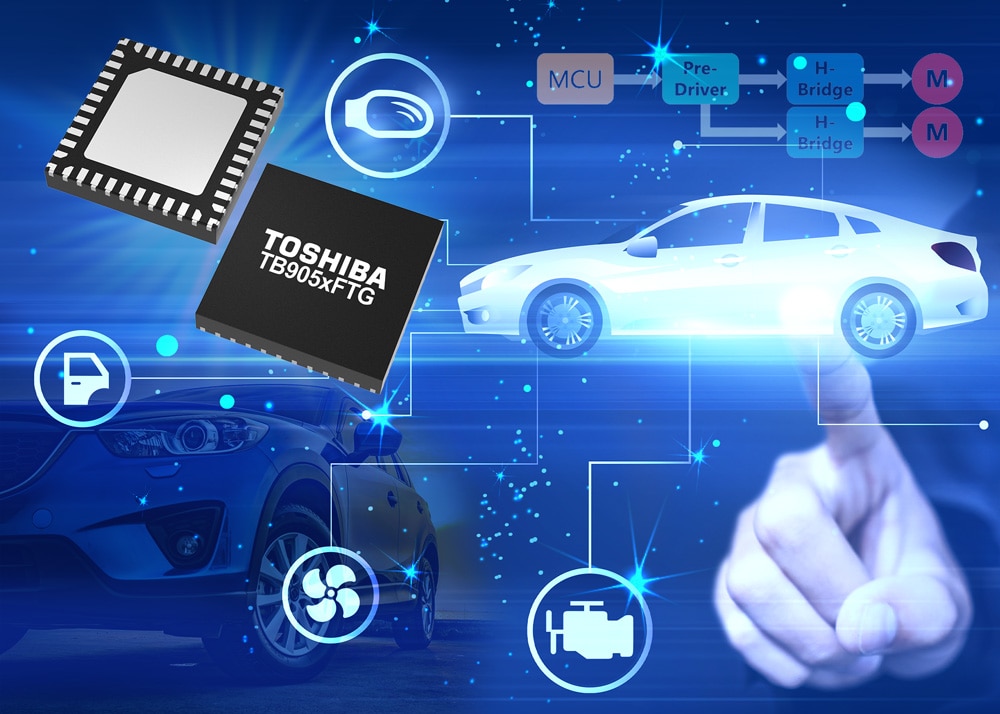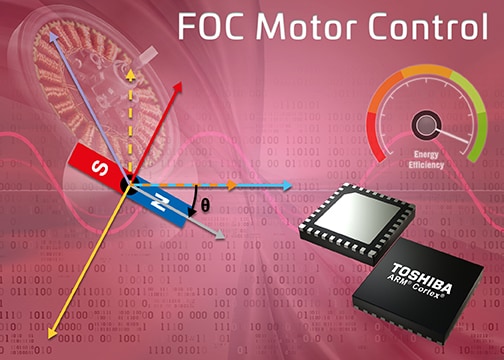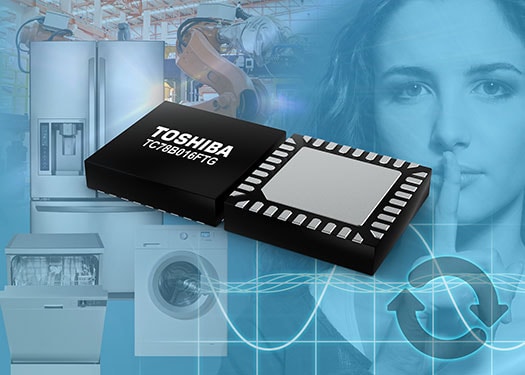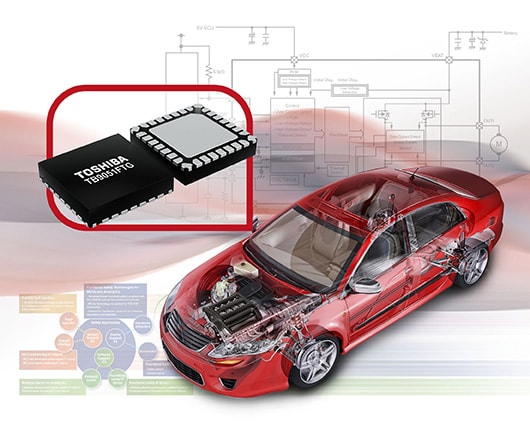- General Top
- SEMICONDUCTOR
- STORAGE
- COMPANY
-
My ToshibaSemicon
- Semiconductor Top
-
ApplicationsAutomotive
Body Electronics
xEV
In-Vehicle Infotainment
Advanced Driver-Assistance Systems (ADAS)
Chassis
IndustrialInfrastructure
BEMS/HEMS
Factory Automation
Commercial Equipment
Consumer/PersonalIoT Equipment
Healthcare
Wearable Device
Mobile
Computer Peripherals
-
ProductsAutomotive Devices
Discrete Semiconductor
Diodes
Transistors
Logic ICs
Analog Devices
Digital Devices
Wireless Devices
※
: Products list (parametric search)
Power SemiconductorsSiC Power Devices
※
: Products list (parametric search)
Isolators/Solid State RelaysPhotocouplers
Digital Isolators
Solid State Relays
Fiber Optic Transmitting Modules
※
: Products list (parametric search)
MOSFETsIGBTs/IEGTsBipolar Transistors※
: Products list (parametric search)
Diodes※
: Products list (parametric search)
MicrocontrollersMotor Driver ICsIntelligent Power ICs※
: Products list (parametric search)
Power Management ICsLinear ICs※
: Products list (parametric search)
General Purpose Logic ICsLinear Image SensorsOther Product ICsOther Product ICs
※
: Products list (parametric search)
-
Design & Development
Design & Development
Innovation Centre
At the Toshiba Innovation Centre we constantly strive to inspire you with our technologies and solutions. Discover how to place us at the heart of your innovations.
-
Knowledge
Knowledge
Highlighted Topics
Further Materials
Other
- Where To Buy
- Part Number & Keyword Search
- Cross Reference Search
- Parametric Search
- Stock Check & Purchase
This webpage doesn't work with Internet Explorer. Please use the latest version of Google Chrome, Microsoft Edge, Mozilla Firefox or Safari.
require 3 characters or more. Search for multiple part numbers fromhere.
The information presented in this cross reference is based on TOSHIBA's selection criteria and should be treated as a suggestion only. Please carefully review the latest versions of all relevant information on the TOSHIBA products, including without limitation data sheets and validate all operating parameters of the TOSHIBA products to ensure that the suggested TOSHIBA products are truly compatible with your design and application.Please note that this cross reference is based on TOSHIBA's estimate of compatibility with other manufacturers' products, based on other manufacturers' published data, at the time the data was collected.TOSHIBA is not responsible for any incorrect or incomplete information. Information is subject to change at any time without notice.
require 3 characters or more.
Lowering the cost of heat pump technology
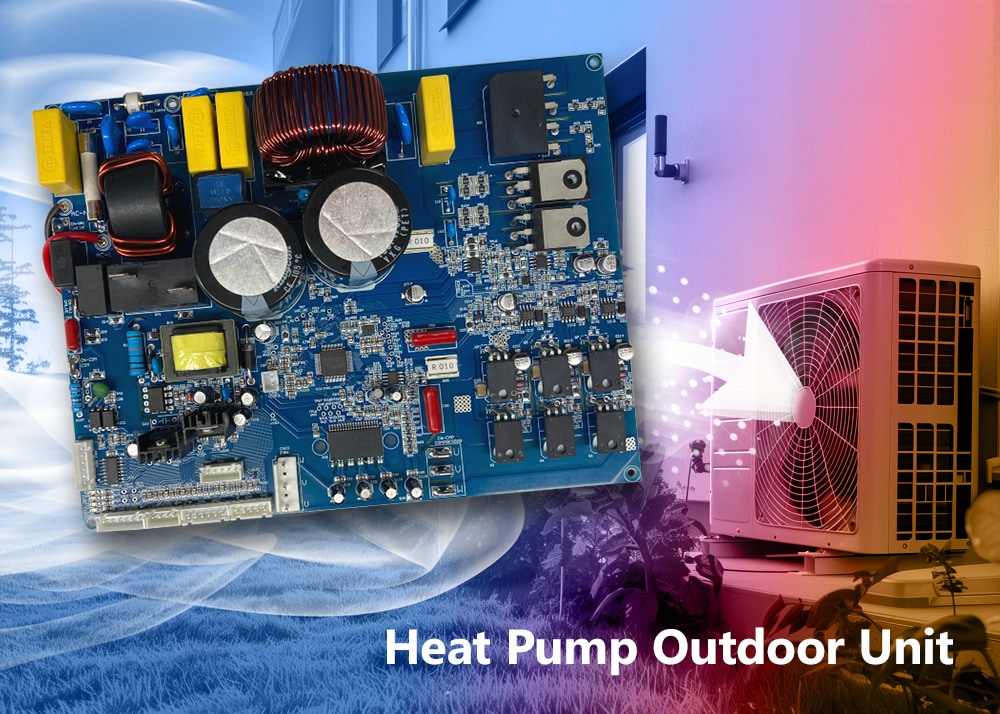
Heat pumps are seen by many as a way forward to net-zero. However, approaching this goal requires greater adoption of the technology, which relies on cost savings in manufacture.
Various types of heat pumps exist. The most common is air source but there are also ground source, water source and hybrid that offer advantages in certain conditions. With their ability to operate in reverse, removing heat from a building during summer, they can maintain a comfortable temperature year-round.
While a traditional boiler converts 90% of energy input into heat, a heat pump creates more heat energy than the electricity it consumes. Typically, 2.5kW to 5kW of heat can be produced from 1kW of electricity.
Motors are a fundamental component of every heat pump as they drive the fans and pumps that make the system work. While many are used for blowing air and circulating fluids, the AC motor used in the compressor has the most complex control requirements as it sees the greatest variability in torque requirements.
The AC motor is also the largest consumer of electrical power, so control must be efficient to access the full benefits of heat pump technology. Field-oriented control (FOC) enables precise control of motor speed and torque while minimizing overall losses and boosting efficiency.
FOC does entail some complex calculations and, for traditional microcontrollers (MCUs) this can present a problem as they lack adequate instruction sets. While a DSP could be used, they often lack the infrastructure for interrupt driven I/O control. Often the solution is to use multiple devices, but this has cost penalties associated with it.
MCUs such as the TMPM4KL from Toshiba address this situation by integrating the company’s highly optimised Advanced Vector Engine (A-VE) that is designed specifically for FOC. This accelerator module implements the additional functions needed and includes hardware units dedicated to pulse-width modulation (PWM).
The TMPM4KL is powerful and versatile enough to control two motors and other key system elements including boost PFC, solenoid valves and a pump-motor controller.


